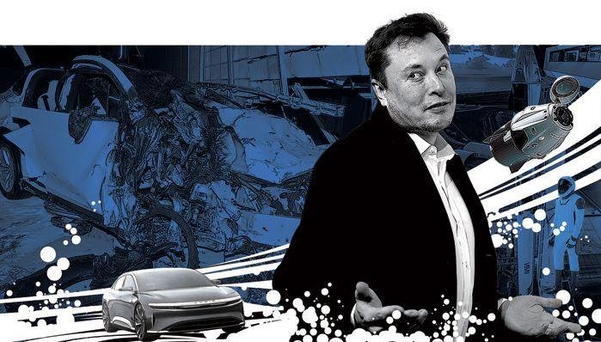Input 2021.03.15 15:07
Recently, Tesla has been repeating a sharp rise and fall. On the 12th (local time) on the New York Stock Exchange (NYSE), Tesla closed at $693.73, down $5.87 (0.84%) from the previous day. Tesla, which plunged for 5 consecutive trading days from the 2nd to the 8th, soared nearly 20% in one day on the 9th.

Tesla is also the most bought by Seohak ants over the past month. Investors net bought $395.48 million (about 449.3 billion won) worth of Tesla shares from February 13th to 12th. Palantier ($36.28 million) and Unity Software ($175.28 million) followed.
Currently, Tesla’s share price is about 21.4% lower than its peak on January 26th (693.73). This is because U.S. Treasury yields are rising and falling between 1.5% and 1.6%, mainly on long-term bonds. When interest rates rise, the stock price of growth stocks, including Tesla, which invests in future value, has no choice but to fall.
Heo Jae-hwan, a researcher at Eugene Investment & Securities, said, “The problem is that the volatility is greater than that of rising interest rates,” he said. He explained, “If interest rate volatility subsides like last week, the sluggish growth stocks will escape the worst,” he explained.
On Wall Street, Tesla’s optimism is re-stretching. On the 11th, Barrance, an investment magazine, analyzed that 37% of analysts in charge of Tesla presented a’buy’ (BUY) opinion. Although it is less than the average buyout ratio of Dow Jones Indices listed companies (60%), it is an increase from the beginning of last year (20%).

On the same day, Daniel Eves, an analyst at Wedbush Securities, predicted that Tesla’s share price would rise to $950. It is about 41% higher than the stock price at the time ($673.58). He predicts that Tesla’s electric vehicle sales in China will increase. Last month, Tesla’s Chinese sales amounted to 18,318, an 18% increase from the previous quarter.
On the 10th, Mizuho, an investment company, gave a’buy’ opinion on Tesla. The reason was that Tesla’s battery technology could maintain its leadership position in the electric vehicle market, as well as the possibility of being used as an energy storage device for personal or industrial use. We presented a target price of $775.
Meanwhile, Kathy Wood, CEO of ArcInvest, who is called the’don tree sister’ in Korea, said that his confidence in Tesla has grown and that he will come up with a new target price and analysis model for Tesla sooner or later. Tesla accounts for more than 10% of the assets held by Arc Innovation ETF (ARKK), Arc Investment’s representative listed index fund (ETF).
Earlier, ArcInvest predicted that in 2018, Tesla shares would soar to $4,000 within five years. This is before Tesla’s par value was split by a fifth of last year. At the time, there was skepticism in the market, but as a result, this prospect became a reality in less than three years.
